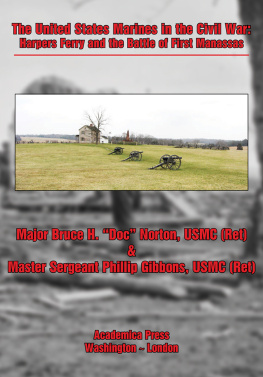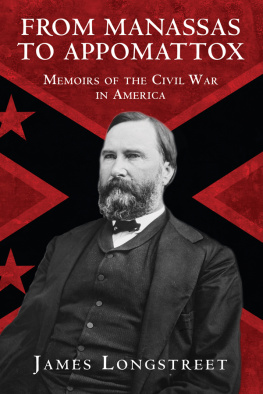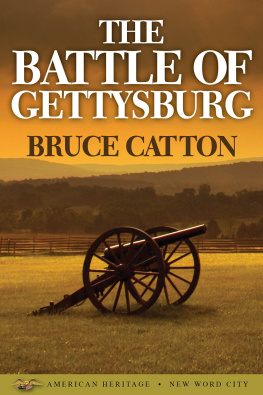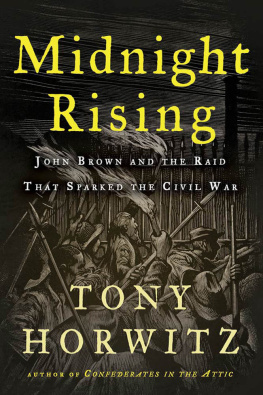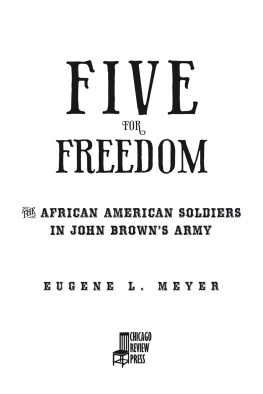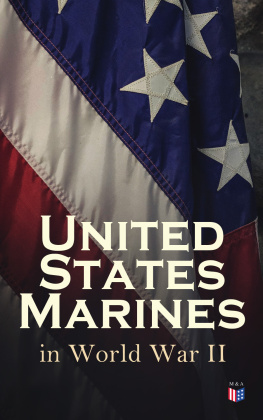ACKNOWLEDGMENTS
I want to thank my wife Helen, who listened to the many great stories that came from the writing of this book.
My sincere thanks to my friend Lieutenant General George Ron Christmas, USMC (Ret), who described his personal involvement with the story of Private Luke Quinn, USMC, the only Marine killed during the capture of John Brown.
My thanks to Dr. Paul du Quenoy, President and Publisher of Academica Press, and a fellow historian. Thank you, Paul, for making this possible.
Our thanks to the excellent editing done by the staff at Academica Press. Thank you for making us look good on paper.
To my coworkers at the Lejeune Leadership Institute: Colonel Seth Ocloo, USMC, Dr. James I. Van Zummeren, USMC (Ret.), Lieutenant Colonel Mathew J. Keller, USMC, and Major Greg Dyson, USMC, who read several draft copies of this book and provided valuable comments to make it only better.
My sincere thanks to Dr. Edward T. Nevgloski, the Director of the Marine Corps History Division at Marine Corps University, for permissions, access, guidance, and encouragement to tell the story of our Corps.
Our sincere thanks to Mr. Dan Chitchester, Mr. Paul Scott, and Mr. Chip Willis, who offered valuable criticisms, comments, and corrections to help make this book a valuable contribution to our Corps history.
Our sincere thanks to Mr. Brain D. Crayola Wishner, who brought the movement of the Marine Battalion to life on the Manassas Battlefield with his rendering of such great maps.
As it takes a village to raise a child, it takes a great number of people, working behind the scenes, to write, delineate, proof-read, edit, and publish a book. My sincere thanks to everyone who helped Phillip Gibbons and me to accomplish this task.
-- Major Bruce H. Doc Norton, USMC (Ret)
---
I will begin by thanking my wife Betty and our daughter Saralynn, who maintained our small farm, taking care of sick horses, dealing with downed trees on the pasture fence, enduring snowstorms and a host of other issues, while I was off conducting research, or at the Manassas Battlefield with Doc. Thank you so very much, ladies!
Additionally, there are many other individuals who deserve my sincere thanks for their assistance in the researching and writing of this book. The Director of the United States Marine Corps Historical Company, Gunnery Sergeant Tom Williams, USMC (Ret), for his selfless support of this project. Tom has spent countless hours with me researching the Marines actions at Harpers Ferry and at the Battle of 1st Manassas (Bull Run), beginning in 2003. He welcomed me into his home and granted me free access to all of his research materials, artifacts, and the numerous articles he has written about the nineteenth-century Marine Corps. Tom provided mentoring and guidance during the many hours spent walking on the Manassas Battlefield.
I wish to thank Dr. Charlie P. Neimeyer and Dr. Edward T. Nevgloski, the former and current Directors of the Marine Corps History Division at Quantico, Virginia. These two men, both Marine Corps officers and historians, have inspired me over the years to ensure that the story of our Corps was accurately told.
My sincere thanks to fellow author Gunner Will Hutchinson for his sharing of writing experience and mostly his wonderful sense of humor.
My gratitude to the staff at Manassas National Battlefield Park who have been fantastic with their support during our multiple visits to that hallowed ground.
My sincere thanks to Dr. Paul du Quenoy, our publisher, who knew that we had a story worthy of Academica Press.
And, last but certainly not least, my thanks to my coauthor, Major Bruce H. Doc Norton, USMC (Ret), for without Doc, I am sure this book would never have been published. Docs great historical knowledge, friendship and patience, and his experience as an author has kept me on track in getting my deliverable materials to him for his review and editing. Thank you, all!
-- Phillip Gibbons
INTRODUCTION
The world of writing military history is filled with truths, half-truths, gross exaggerations, and absolute lies (today referred to as misinformation). The purpose of this book was to correct the latter of the three, to present the most accurate picture of what the United States Marine Corps looked like in 1861, and to describe the actions of the battalion of Marines present at the Battle of First Manassas, or as the Union liked to call it, Bull Run.
The United States Marine Corps has a colorful 245-year history replete with adventures and acts of heroism performed by brave young men and women. Throughout the years, though, many of their stories, handed down from generation to generation, have been told within the confines of boot camp squad bays, and during dining-in and mess night gatherings held throughout our Corps.
Along the way, however, many important details have been omitted, others greatly embellished, and in some cases, many created only to make a great war story that much more colorful and interesting. In the case of the United States Marines actions at the Battle of First Manassas, on Sunday, July 21, 1861, the complete story has not been accurately told for many generations. Their actions at the Battle of 1st Manassas have been unnecessarily criticized and the excuses for these actions often explained as: Well, they were all just raw recruits or, the Marines were not as an effective force in the middle of the nineteenth century as they are today. Both statements are inaccurate, and to Marines, insulting.
Since 1775, Continental Marines manned the rigging of US Navy ships and have distinguished themselves in a number of important amphibious operations, including their first amphibious raid, in the Bahamas in March 1776 under the command of Capt. (later Maj.) Samuel Nicholas. The first commissioned officer in the Continental Marines, Nicholas remained the senior Marine officer throughout the American Revolution and today is recognized as the first Marine Commandant.
The Treaty of Paris, in April 1783, brought an end to the Revolutionary War, and as the last of the Navys ships were sold, the Continental Navy and Marines went out of existence. Following the Revolutionary War and the formal re-establishment of the Marine Corps on 11 July 1798, the Marines saw action in the quasi-war with France, landed in Santo Domingo, and took part in many operations against the Barbary pirates along the Shores of Tripoli. Marines also took part in numerous naval operations during the War of 1812, as well as participating in the defense of Washington, D.C., at Bladensburg, Maryland, and fought alongside Andrew Jackson in his victory over the British at New Orleans, Louisiana.

